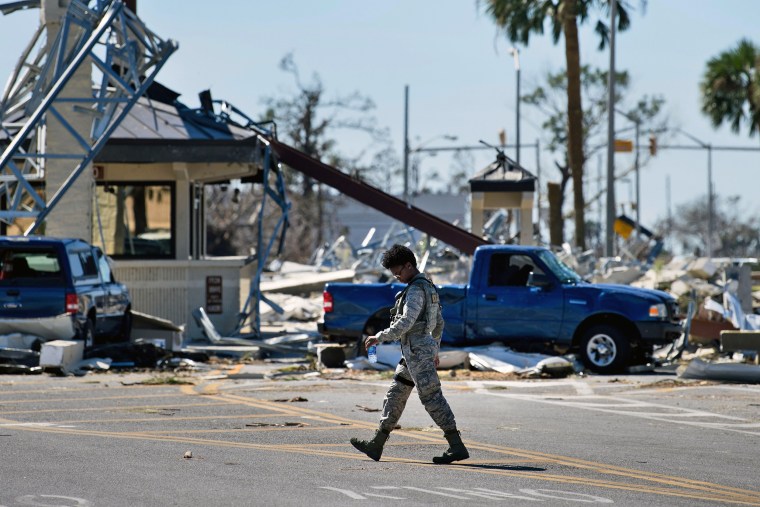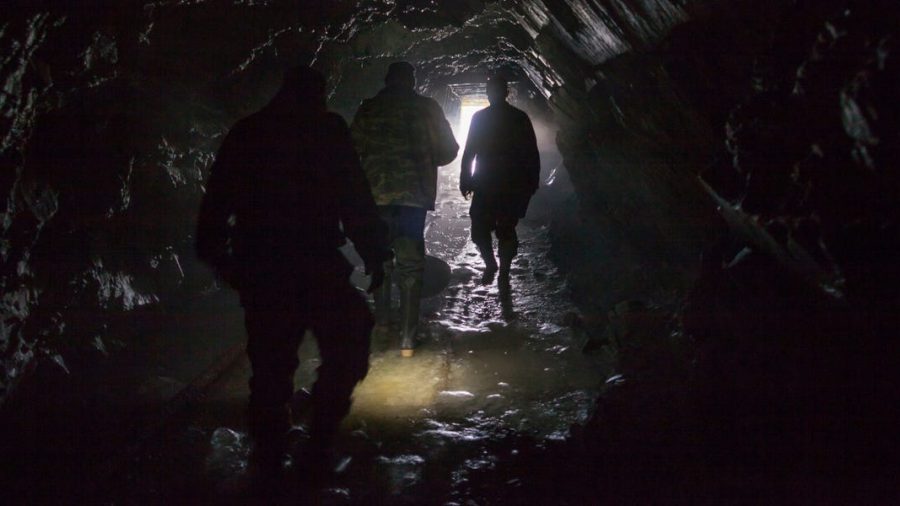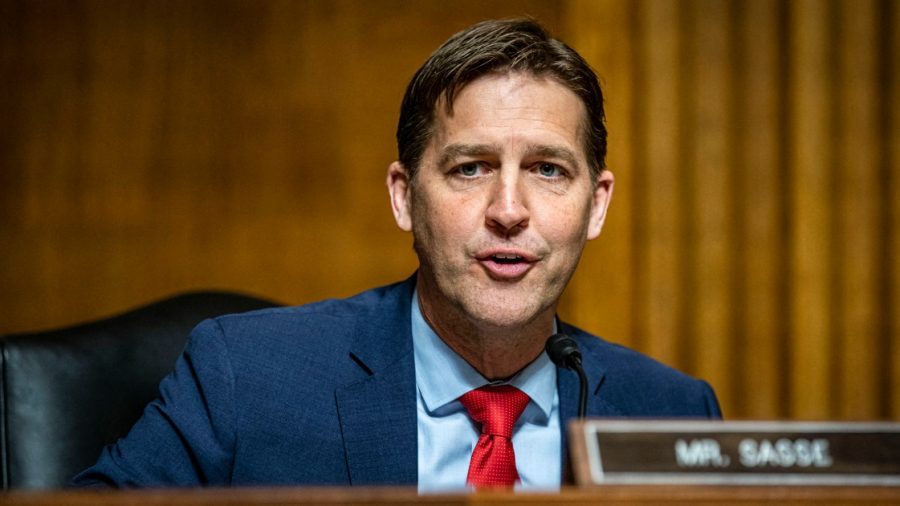In an ambitious effort to reduce the huge carbon footprint of the U.S. military’s air wing, officials from the U.S. Air Force and Space Force announced a climate action plan on Wednesday that includes a target of operating bases at net-zero emissions by 2046.
The plan, the first report from the branches, also considers how the Air Force will need to modify its operations to cope with climate change, particularly with regard to the infrastructure of its bases and the source of its energy.
Extreme weather and environmental factors already place a significant financial burden on Department of the Air Force installations and operational missions while also creating new dangers for our ability to effectively train and conduct operations, according to Air Force Secretary Frank Kendall’s plan.
He acknowledged that, within the Defense Department, the Air Force was the main source of greenhouse gas emissions. According to Boston University studies, the U.S. military’s overall carbon footprint is comparable to that of several other nations such as Denmark and Portugal. These gases are what fuel global warming and help make climate change’s negative effects, like extreme weather, worse.
The plan intends to employ targeted expenditures to update the infrastructure of its bases all over the world in order to retain air and space power, starting with $36 million in the next year and increasing to $100 million every year by the end of 2026. For the upcoming fiscal year, the Department of the Air Force has an requested budget of roughly $194 billion.
The Air Force’s strategy, which was unveiled on Wednesday, is the first of its type in the service’s history and adds to a rising number of statements from the military that acknowledge the need for adjustments as climate change worsens. The Pentagon said this week says the effects of extreme weather made worse by climate change have already had significant repercussions on the Defense Department. The Army released its official climate policy in February.
Under the priority of preserving air and space superiority in the face of climatic hazards, making climate-aware decisions, and maximizing energy consumption while pursuing alternative energy sources, the Air Force plan lays out objectives.
According to Ed Oshiba, the acting assistant secretary of the Air Force for energy, installations, and the environment, the mission of the Air Force is becoming more complex as a result of climate change.
We understand that in order to protect our hegemony over the air and space and to adapt to these effects of climate change, we must do what is necessary for our country, he said.
That work has already started in part. Tyndall Air Force Base in Florida is currently undergoing a $5 billion rebuild by the Air Force that will make it more storm-resistant and has already broken ground. The framework for evaluating each base’s climate issues must be in place by the end of 2024, according to authorities at all Air Force bases. As money becomes more readily available year after year, the objective is to have resilience and renewable energy projects ready.

The plan also intends to incorporate climate factors into the education and training of Air Force and Space Force personnel within the next two years.
When they make decisions, even at the tactical level on the base, Oshiba said he wants them to consider the dangers and effects that climate change may have on their capacity to do their duties on a daily basis.
The plan’s most ambitious objective is to reduce the department’s reliance on fossil fuels as an energy source and an aviation fuel, which is necessary to achieve the challenging net-zero emission targets.
The Air Force plan states that while the department cannot alone reverse the causes of climate change, we can minimize our energy footprint and raise demand for energy sources that are carbon-free. We must both cut back on our energy use and shift to energy sources without carbon pollution.
The Air Force plans to use at least 10% sustainable aviation fuel mixes at two of its operating sites by the end of 2025, but only if the cost is comparable to or cheaper than that of conventional aviation fuel.
Currently, we consider it a doable objective, We don’t necessarily want to overcommit ourselves, Oshiba remarked.
We want to take advantage of this chance to communicate with the industry and then collaborate with them to figure out how to get to a point where sustainable aviation fuel makes sense in the long run at the correct pricing point.
By the end of 2027, the Air Force will also have finished a pilot program employing microreactors, or tiny nuclear reactors, that can power an entire base.
According to Oshiba, I believe Russia’s invasion of Ukraine served as a reminder of how vulnerable and impactful our energy supply chain may be. It highlights the necessity and motivation for us to develop alternate energy sources as soon as possible.
By the end of 2029, the Air Forces intends to use 100% carbon-free power on a net annual basis by making investments in the development of renewable energy technologies like microreactors and relying on local renewable energy sources.
Some may criticize us for being the last of the services or departments to release an action plan, but part of that was due to our comfort level in committing to the major outcomes we listed in the plan, according to Oshiba.












